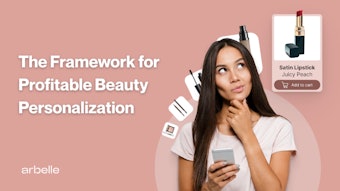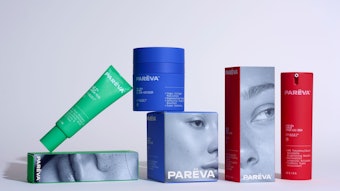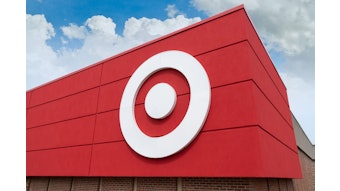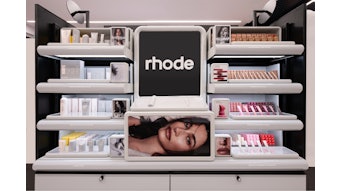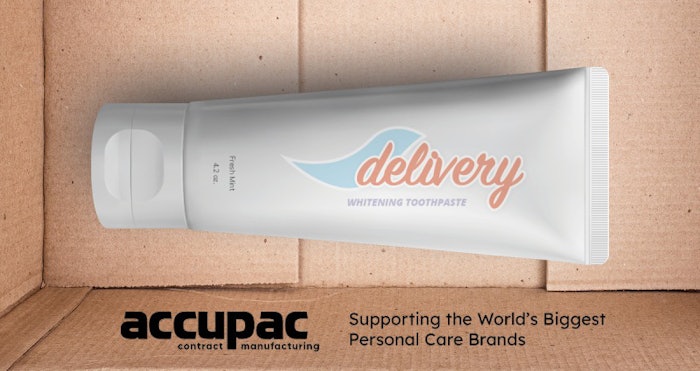
Last year, Amazon sold more than $285 billion in goods, which speaks to the online retailer’s power in how we shop online. The Seattle-based company has permeated into so many aspects of our lives that Prime membership is just as necessary a utility as cable or internet.
Amazon has forced CPGs to adapt their workflows to compete for (or preserve) market share and tamp down competition from disrupting brands. The beauty and personal care industry has been particularly affected, as the retail giant has given a world-wide platform to anyone who wants it.
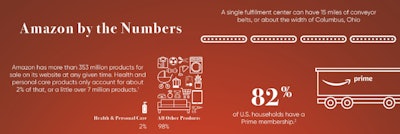
The challenges for beauty and personal care brands to sell on Amazon can be complex. Consumer reach, inventory management, SKU proliferation, stock buyouts, third-party sellers and packaging constraints are just a few of the difficulties CPGs need to monitor when adding Amazon to their existing retail store sales strategy.

The platform’s underlying search functionality operates under something known as the A9 algorithm. In a general sense, A9 is an iterative search methodology that analyzes all the data crossing through the marketplace. Digging deeper, A9 is a sophisticated collection of consumer behavior and seller strategy designed to offer a competitive market with cost-effective pricing and ample upsell opportunities.
So what can a company do to ensure success within Amazon? There are several first steps brands big and small can take:
Hire a Consultant
Understand that Amazon breaks the mold of traditional retail. After all, what brick-and-mortar store changes hour by hour? Therefore, it’s best to approach Amazon with the right brain trust. An AMZ consultant can conduct organizational reviews, recommend changes in operations, and evaluate pain points before they hamper your efforts in the marketplace.
If you utilize an outsourced manufacturing workflow, choose one that can recommend the right kind of packaging and production schedule to work across all channels of distribution. After you’ve got all your ducks in a row, you’ll be more successful on your eventual product rollout.
Organized Workflow
Make sure your internal operations reflect your commitment to Amazon by devoting specific personnel to this channel. A successful marketplace operation is more attainable when there is a single point person at your company funneling all of the project needs. This person will be more effective at solving unforeseen issues as they arise, than they would if this responsibility were distributed across multiple roles within the company.
Invest in Advertising
Not only does Amazon reward its sellers who are advertising through their platform, but the marketplace is particularly competitive when it comes to beauty products. If customers aren’t locked into your brand, you run the risk of being outspent and positioned lower than generics and copycats. At a minimum, you should be paying for your own brand keywords.
Fill out the form on the right and download the full Whitepaper to read more
References:
- Retail TouchPoints, How Many Products Does Amazon Carry?
- Berthene, April, Digital Commerce 360, 82% of US households have an Amazon Prime Membership

Disclaimer:
The above paid-for content was produced by and posted on behalf of the Sponsor. Content provided is generated solely by the Sponsor or its affiliates, and it is the Sponsor’s responsibility for the accuracy, completeness and validity of all information included. Global Cosmetic Industry takes steps to ensure that you will not confuse sponsored content with content produced by Global Cosmetic Industry and governed by its editorial policy.


